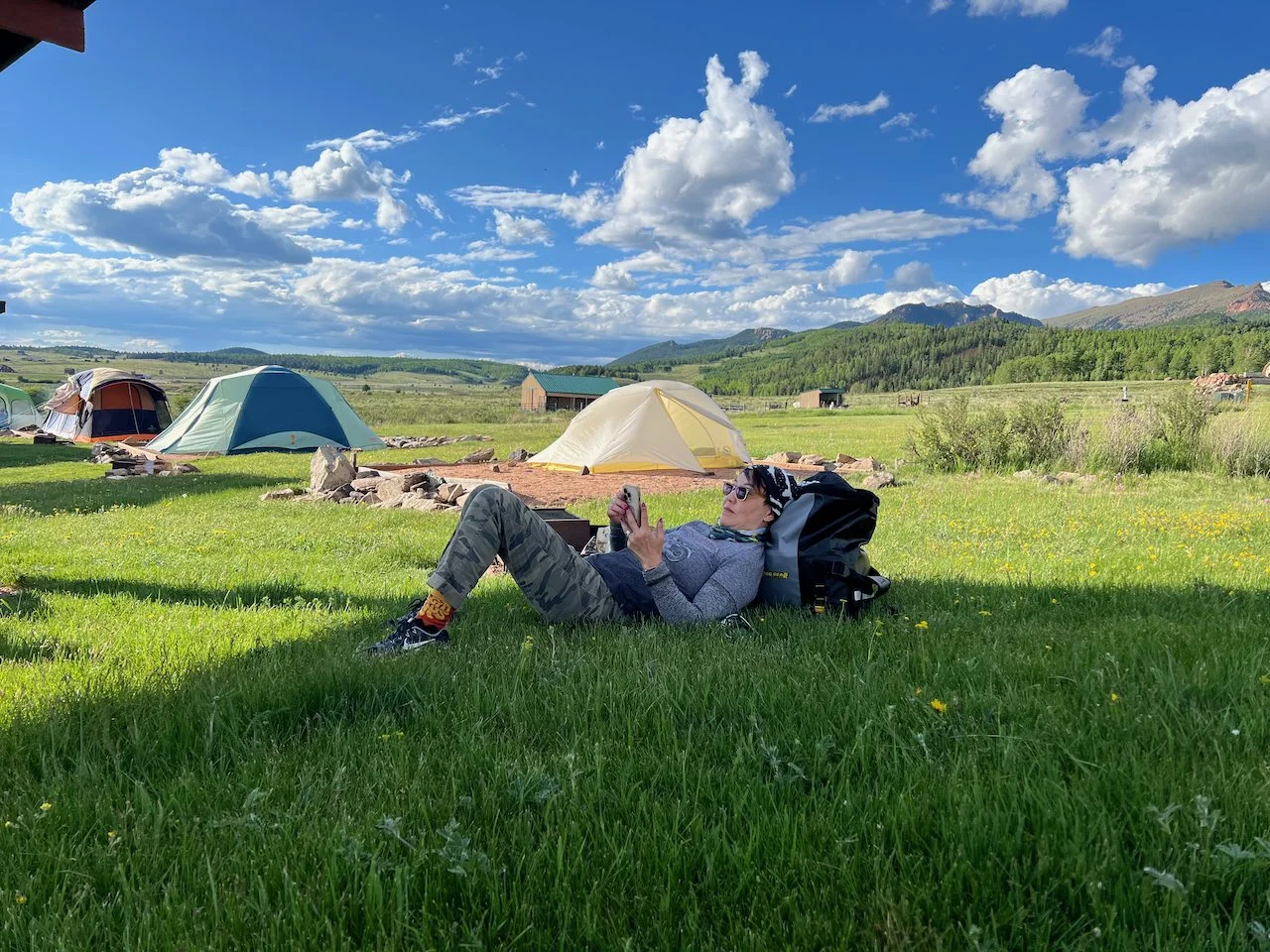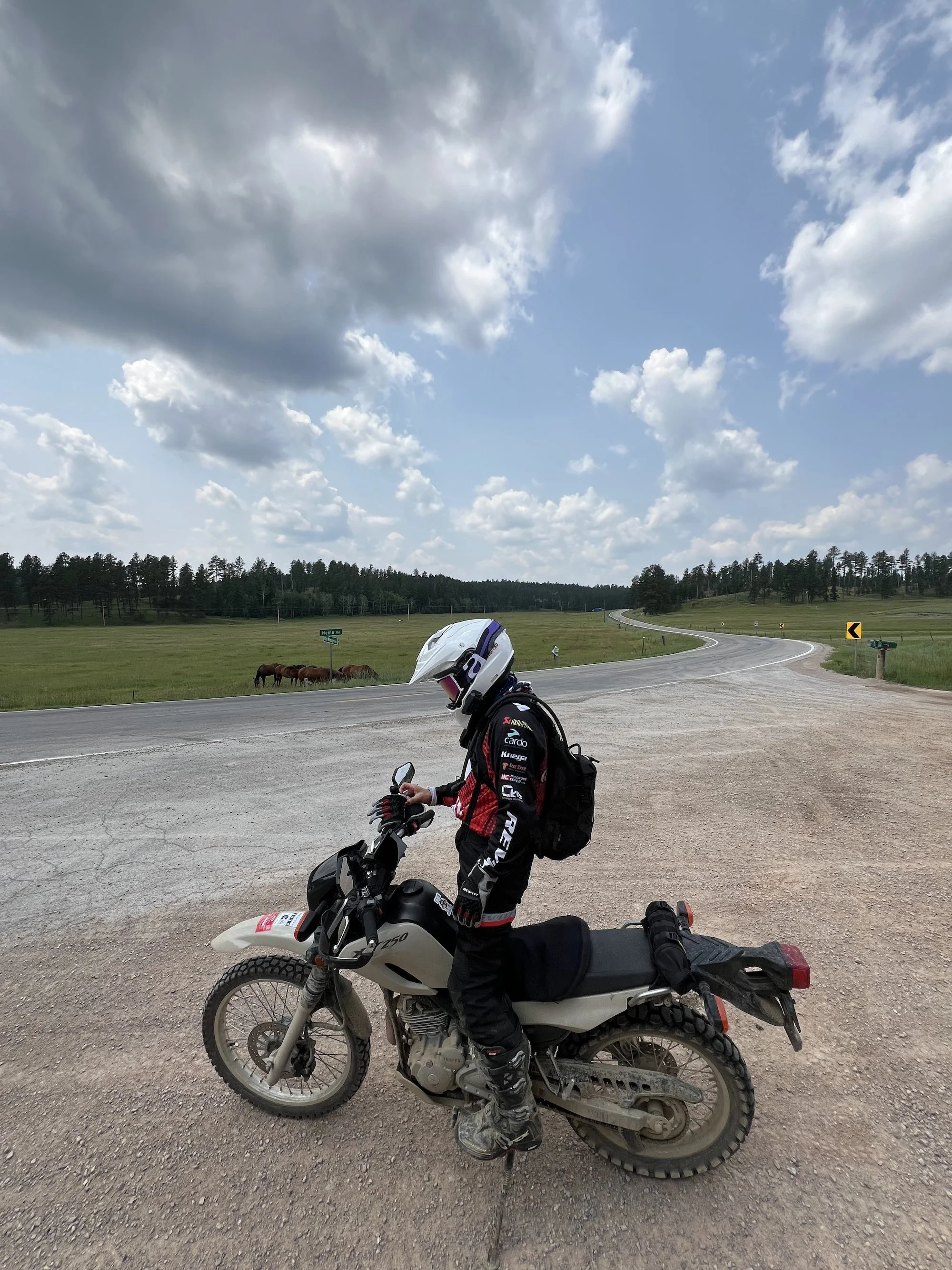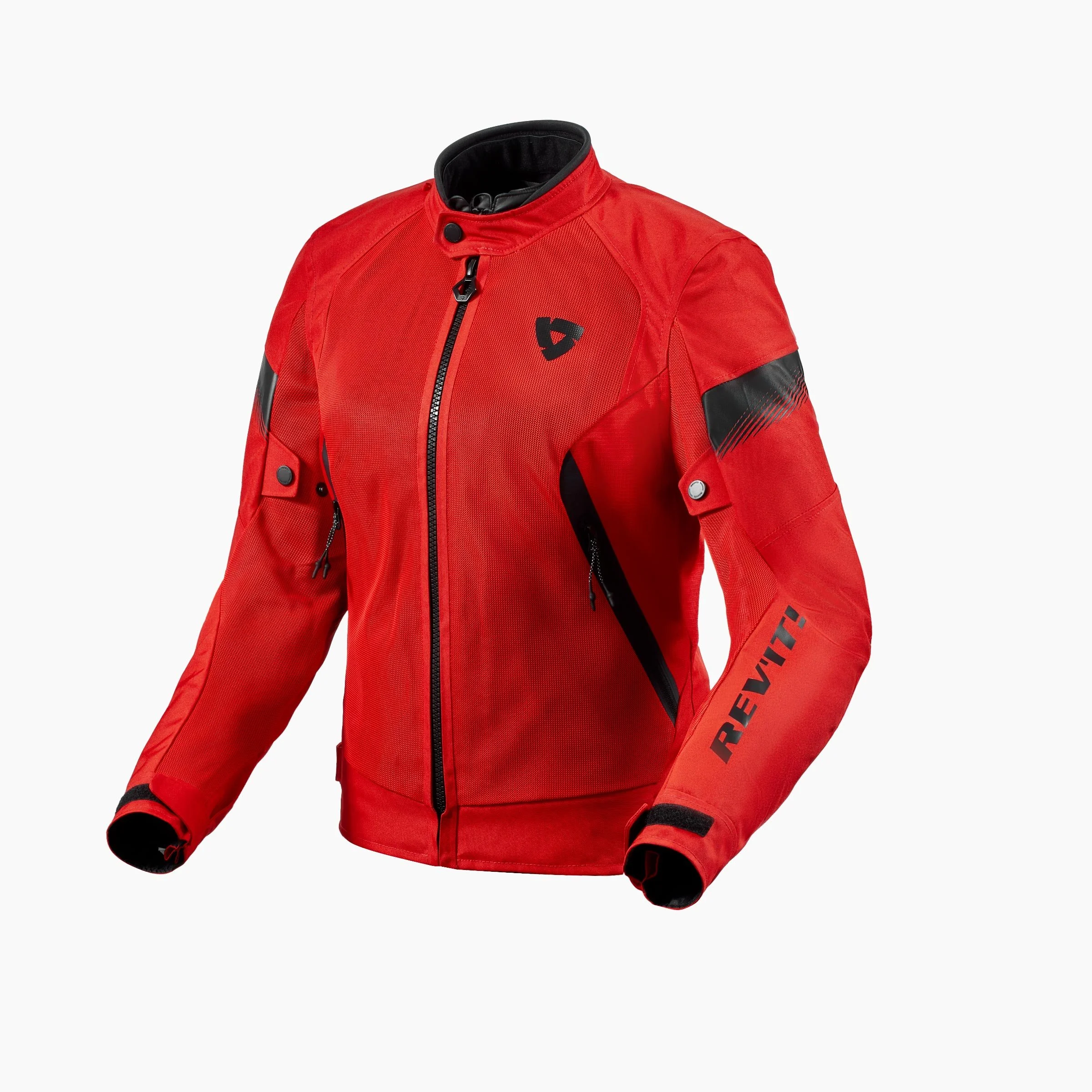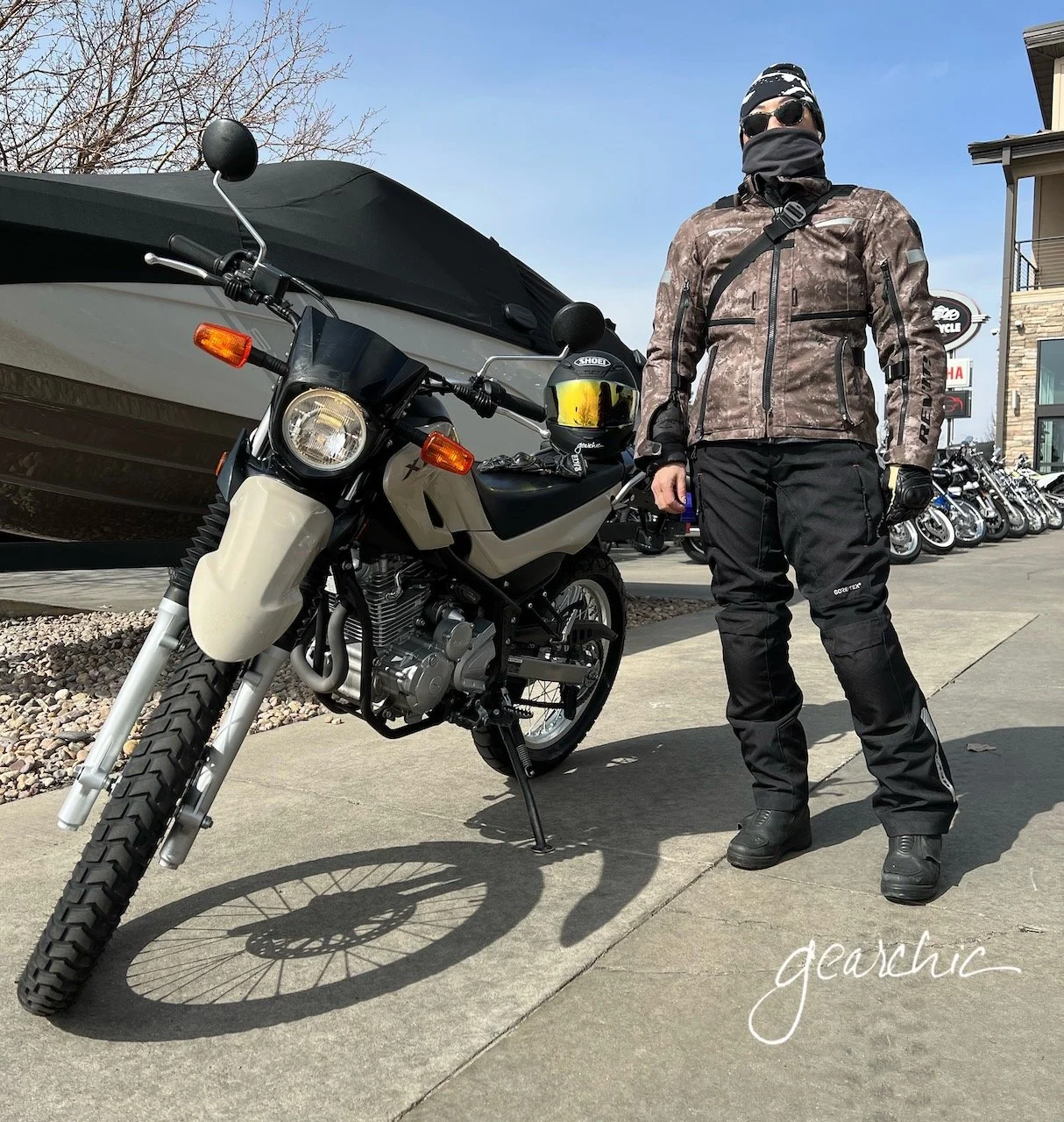I meant to post this in December. I still need to write a couple more paragraphs but I wanted to get this up here!

Happy New Year Everyone! It's taken me awhile to finally post an update on how the IMS show in San Mateo went. It was AMAZING! Simply amazing. I met the coolest people who also happen to ride motorcycles (although, riding a motorcycle does automatically give you cool points) and get to do it for a living. I think that's my dream. To work in the world of motorcycling full time and get paid for it.

I want to introduce you to a friend named Melody Kho. She's one of the founders of Plush Racing. Not only is she hot, but she also races! I think that's the trifecta, sexy woman+motorcycles+racing! Any woman who has all that has me saying I'm not worthy. She's a member of the NHRA (Nat'l Hot Rod Association) and drag races her custom Gsxr. (I was never a Gixxer fan but look at those custom rotors and exhaust!) And she wears gear. Real gear, a full one piece suit, and Alpinestars race boots. Doesn't she look amazing?
The pic on the left is from the motorcycle show. The blurry person in the background on the right side of the manequin is Melody. Silly me, I forgot to take any pics of us together. I hope to be seeing more of her in the summer so stay tuned for more updates on Melody!


Onto the motorcycle show. Hopefully you can read the little description I posted above. I'm going to post what I talked about at the show, so if you weren't able to make it to San Mateo, it'll give you an idea of what I talked about. Oh, I almost forgot. I'm going to Chicago!! The IMS people asked me to go to the Chicago show (Feb 6-8, 2009) and give my talk again in the Hub. My other job is going to be at the Scooter Pavilion, telling people all about Scooters and why riding one is fun! And of course, that being properly protected, trained and licensed is key as well. If you're going to be in Chicago, come see me. I'd love to meet you and say hello.
So here's my talk, more or less on how to 'Dress for the Ride'. Enjoy!
First off, I'd like to introduce myself and tell you everything I think you should be wearing before you go for a ride on your motorcycle. For those of you who are going shopping or have gone shopping for gear, the first priority is probably budget. I guess that tends to be the norm for anything you shop for. How much do I have to spend? And especially right now, money's tight. So it's hard to ignore the lack of cash in your wallet. But I want you to step back from that while shopping for gear and try to put Fit at the top of your list. That's right, fit. As you shop for gear, I want you to make your #1 goal finding something that fits you like a glove. Remember that we're shopping for Protective motorcycle gear with a capital P. Real gear as I like to call it has a very specific purpose. Riding a Motorcycle and being that essential barrier between you and whatever you *might* hit. When gear fits you properly, you learn very quickly how useful it can be to you. When you wear gear that doesn't fit you, then it's not really doing its job. It's not close to the body, keeping the air from going down your chest, keeping you warm and dry, ensuring that the armor is protecting your vital impact points (shoulders/back/elbows). You get the idea. Once you find a piece of gear that fits you, you'll never go back!
Here are a couple things I'd like you to keep in mind when shopping for gear.
- try on everything while seated on a motorcycle. I mean everything, gloves, jacket, pants, even a helmet! What's the point of gear again? Oh yeah, protecting you while on a Motorcycle. Remember that gear is designed, fitted and created for riding position. How can you truly judge fit if you don't sit on a bike? Trying on gear is different than trying on tshirts or jeans. Most likely you'll be at a dealership where brand new, shiny motorcycles await. So sit on one every time you try on a different piece of gear. It's amazing how a change in size can make a huge difference in riding position. You also need to check your armor, and make sure that everything is sitting in the right place when you're on that bike. That's the fit you want and need!
So try on everything you can get your hands on. Try to find the gear that fits you perfectly. Then if you still can't justify the cost of that amazing jacket or pants, shop in the lower price ranges and try to find something that fits you almost as well as the $400-$600 piece of gear. If you don't know what fits you, how can you truly find something that works?
- look for protective qualities: armor, cordura, abrasion resistance, double stitching, reinforced impact points, back protectors! In 2008, armor has come a long way. So have materials like Leather, Cordura, SuperFabric (by Rev'it). You'll be surprised how technology has played a part in the way gear manufacturers have incorporated armor into the garments. Being lighter and stronger and protective is a prominent feature that you'll see when it comes to armor. There are so many different types, brands and styles of removable armor. Just because your jacket comes with crappy (non CE rated) armor, doesn't mean that you have to use it. TPro is a favorite of mine because it's strong and light and comfortable to wear. It also comes in a few different forms: limb tubes, removable inserts, shirts/shorts/pants, etc.
-Breaking it in. This applies helmets and leather jackets/pants. Keep in mind that everything you buy will be brand new, unworn and will need time to break in. Helmets are going to be very snug around the cheeks, but in a week or two should noticeably loosen up. Leather will take longer to break in. This can depend on the kind of leather the garment is made of (1.3mm+ cowhide leather or kangaroo leather, etc.) and how the leather has been treated. Vanson is one of the stiffest leathers I've ever encountered (with a couple of their series, not all of them though). I always tell people that they'll have to commit to breaking in this jacket, otherwise it'll never get to the gorgeous, soft, vintage look that is signature Vanson.
So let's start from the head and work our way down, in terms of what exactly should you be wearing before you get seated and comfortable on that motorcycle.
1. Full face helmet.
It doesn't matter what you're riding, whether it's a 50cc scooter, a 49cc moped, or a 1,000cc sportbike. You need full coverage to protect your head! You need that helmet to protect your beautiful chin and mouth too. I always hear people tell me that they're 'just' riding a scooter, therefore they only need a half or full face helmet. So not true! I know it doesn't seem true, but when you ride a scooter you are taking the same risks that someone on a motorcycle is taking. 20mph is still 20mph, no matter how many wheels you have.
There are hundreds of full face helmets out there. You might hear a couple of names like Arai, Shoei and HJC more often than others, but keep in mind that there are many many to choose from. And trying on only one helmet and deciding that you don't want one can really limit you in terms of protecting yourself. Again, beyond budget you really need to be shopping for fit. The differences between $100 helmets and $600 helmets can be fit and/or protection. Helmets brands have different interior shapes, not just 'round'. There's oval, intermediate oval and several oval too. So you have totry on as many different helmets as you can to find that shape that matches the shape of your head. Again, it really comes down to fit.
And if you need a little more flexibility, there's the option of a Modular or Flip Up helmet that goes from 3/4 to full face by flipping up the front of the helmet. It's just as safe as a standard full face helmet. But for those of you who may need some more time to get used to going from an open face, this may be a nice option for you.
2. A protective jacket.
Snowboard gear just won't cut it for riding your motorcycle. I know it's warm and comfortable, but let's try something a little more protective. The one thing it can't do for you in a crash is protect you. It won't hold up to any road abrasion, resist or absorb impact. Again, there are hundreds of options out there when it comes to gear. And it all comes down to fit. I know I keep saying that, but it's true!
Real protective gear is designed and engineered to protect you comfortably while seated on your motorcycle. The arms are already bent, the space across your chest from shoulder to shoulder is going to be shorter. It won't be as comfortable when you're standing up straight, with your arms at your sides. Of course, with textile gear it's going to fit similarly to your regular clothes when you're walking around, simply because it's textile. But the fit that you really care about is while comfortably seated. That is what the garment has been designed to do for you. To seal off the air pockets at your neck, back and wrists. To fit as closely to the body as possible so there's no extra gathering of material.
Some other features to look for are velcro or snap closures at the wrists/neck, vents on the front and/or back, up the arms and on the shoulders (for a 4 season jacket), tapered shape to the waist (especially for women's jackets), easy access pockets (so you don't have to take your gloves off), and sealed zippers (especially for a winter waterproof jacket).
3. Overpants / Leathers
To Be Continued









